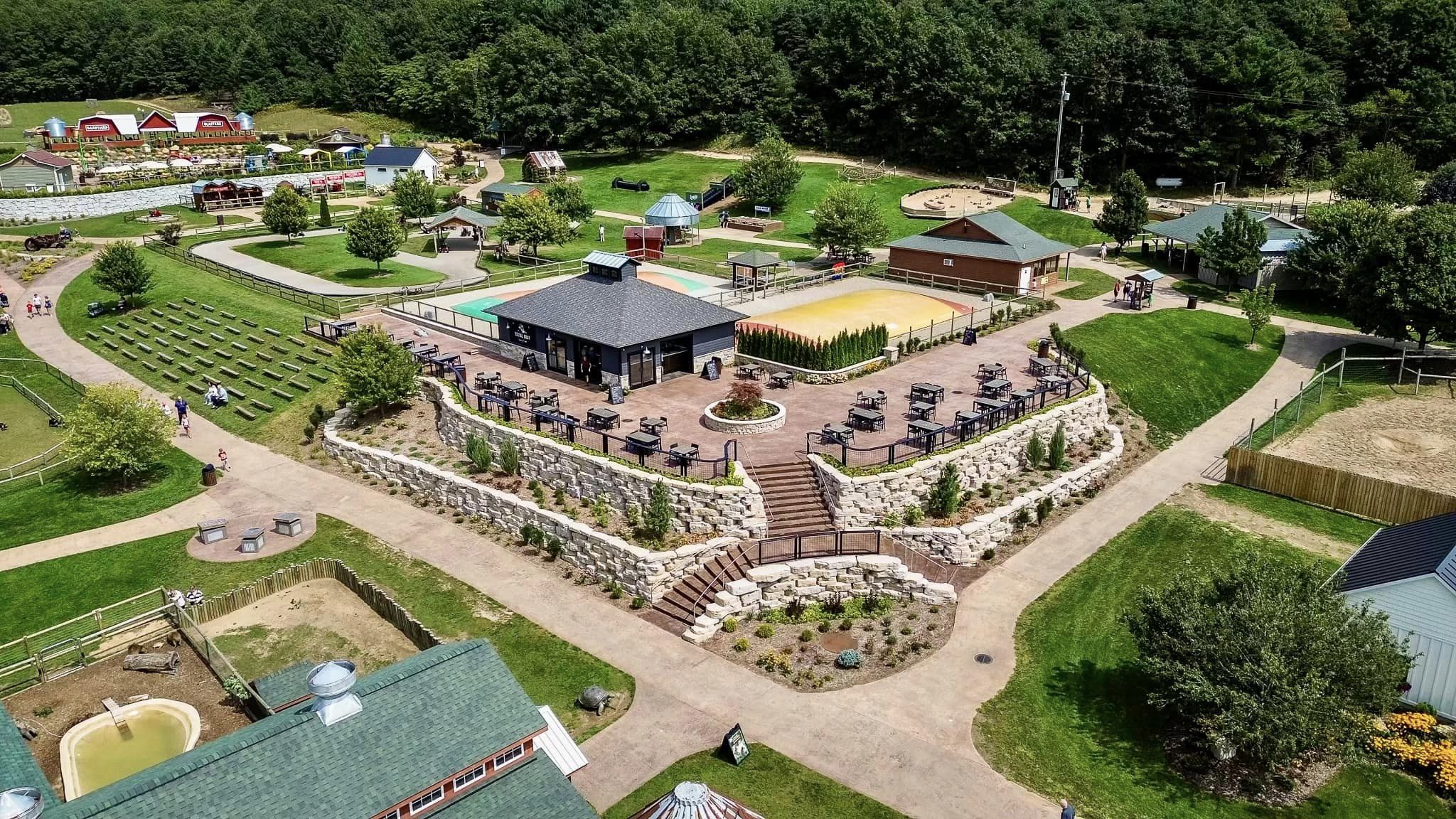
Mastering the Art of Low-Water Landscaping: Tips for Drought-Resilient Designs Oct 26, 2025
Understanding the principles of drought-resilient landscape design is essential for creating these efficient spaces. Start by assessing your garden or property's specific environment. Pay attention to factors such as sun exposure, soil type, and slope. This foundational knowledge will guide plant selection and layout, ensuring that your landscaping thrives with minimal water usage.
Choosing the right plants is crucial for successful low-water landscaping. Native plants, which are often drought-tolerant and resilient, make an excellent choice as they are adapted to the local climate and soil conditions. Consider integrating succulents, ornamental grasses, and flowering perennials that provide color and texture. Plants such as lavender, yarrow, and Russian sage not only survive but thrive with limited watering. Group plants with similar water needs together to streamline your irrigation routine and improve water efficiency.
Efficient irrigation systems are the backbone of drought-resilient landscapes. Drip irrigation systems are particularly effective, as they deliver water directly to the plant roots, reducing evaporation and runoff. By timing watering for cooler periods of the day—such as early morning or late afternoon—you can maximize water absorption and minimize waste. Consider using weather sensors or smart controllers to adjust watering schedules based on environmental conditions, adding an additional layer of water saving.
Mulching is another tactic that complements low-water landscaping beautifully. A thick layer of mulch—organic materials like bark chips or compost—helps retain soil moisture, suppress weeds, and add nutrients back into the soil. This simple addition can significantly enhance your garden’s growth and vitality while substantially reducing water needs.
Hardscaping elements are also powerful allies in water conservation. Patios, rock gardens, and walkways add beauty and functionality without demanding water. Opt for permeable materials, such as gravel or brick set on sand, to allow rainwater to replenish groundwater reserves naturally. These elements not only reduce the lawn area—which typically requires more water—but also provide inviting spaces for outdoor enjoyment.
Beyond the physical elements of design, routine maintenance is pivotal in sustaining an efficient, drought-tolerant landscape. Regularly check for leaks in irrigation systems, and adjust plant placement and irrigation settings as seasons change. This adaptability keeps your landscape healthy and responsive to varying water needs throughout the year.
By fostering a garden with low-water principles at its core, homeowners can enjoy vibrant outdoor spaces that honor both aesthetic values and environmental stewardship. At Greenscape Lawns, we are committed to guiding our clients through the process of mastering low-water landscaping, from initial design to ongoing maintenance, ensuring that every green space we create is both beautiful and sustainable.
Through innovative watering strategies, intelligent plant choices, and the integration of hardscaping features, anyone can design a landscape that thrives in drought conditions, conserves water, and enhances property value. Embrace this practical approach to landscaping for a garden that is both environmentally friendly and a joy to behold.
/filters:no_upscale()/media/2b3c6727-9d53-4ceb-8adc-7b12740432c1.jpeg)